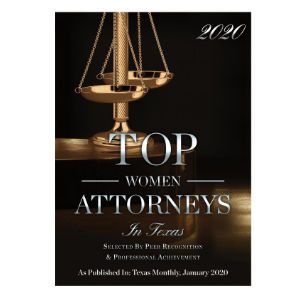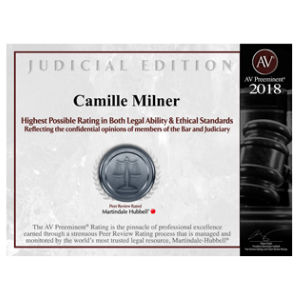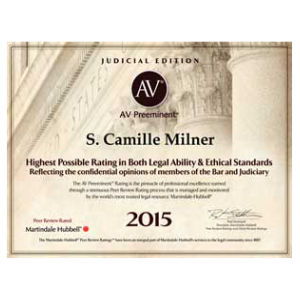
Younger divorce rates have declined, but Baby Boomer divorces are continuing to climb
In 2004, the New York Times had an article called, “The 37 Year Itch,” which rolled out a fairly new phenomena researched at the National Center for Marriage and Family Research at Bowling Green University. This research showed that from 1990 to the present, that trend has continued and is expected to rise–divorce rates in younger age brackets (45 and younger) have declined but among the Baby Boomer generation (born between 1946-1964) and now even those in their 50’s (Gen. X, born 1965-1980) the divorce rate is high and continuing to climb. For women, ages 55-64, the divorce rate has tripled and the divorce rate for women 65 and older has grown six-fold during this research period. For men 55-64, the divorce rate has doubled and for men 65 and older the divorce rate has tripled.
As the life expectancy has increased, and as women have achieved a level of financial independence in the past fifty years, expectations appear to have changed. People are no longer willing to just “accept” their lives when they feel they can find greater fulfilment in their lives and many years to enjoy that higher level of fulfilment. William Doherty, Ph.D., Professor of Family Social Science and Director of the Citizen Professional Center at the University of Minnesota, who is also a practicing marriage and family therapist and co-founder of The Doherty Relationship Institute, LLC, was quoted in the 2004 NY Times article, that, “the culture of self-actualization has spread upward to older people. They take Scandinavian cooking classes. They try yoga. They try therapy to try to understand themselves better. And they are close enough to the boomers to divorce for what I call the ‘soft’ reasons: ‘not happy,’ ‘not fulfilled,’ ‘we don’t communicate.’ ”
Dr. Doherty, in working with counselors, clergy and Collaborative Divorce attorneys, has developed what is called, “Discernment Counseling,” which helps clients “on the brink” of divorce” discern the direction that they want to go. In marriage counseling, typically, clients are there to work on a particular issue or their marriage in general, whereas with discernment counseling, Dr. Doherty’s approach is very different: usually, he says, one client is “leaning out,” (ready to leave or ambivalent about the marriage” while the other is “leaning in,” (wanting to stay in the marriage). Through discernment counseling, the clients can determine together the path they will take and they better understand what got them to where they are. When they are able to go through the discernment counseling process, even if they do divorce, they will have a much “softer landing,” so to speak than can be possible in a litigated divorce.
One significant difference in Gray Divorces is that the couples usually have a different agenda than younger couples who divorce, which makes them ideal candidates for Collaborative Divorce.
Unlike litigation (court handled divorces), the Collaborative Divorce Process is the only option that can provide:
- Privacy
- Preservation/Protection of Relationships
- Efficiency
If you or someone you know is considering divorce, especially if they are in the “gray divorce” group, urge them to research and consider using Collaborative Divorce as an option. With trained, experienced Collaborative Divorce attorneys representing each party, these goals that are unique to the Collaborative Process can protect them, their family and their estate from the damage so often done by litigated divorces.











